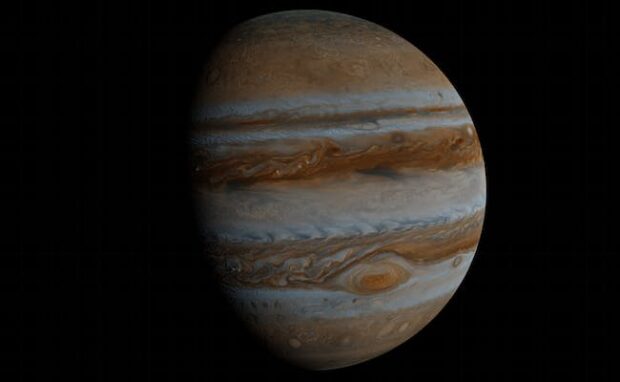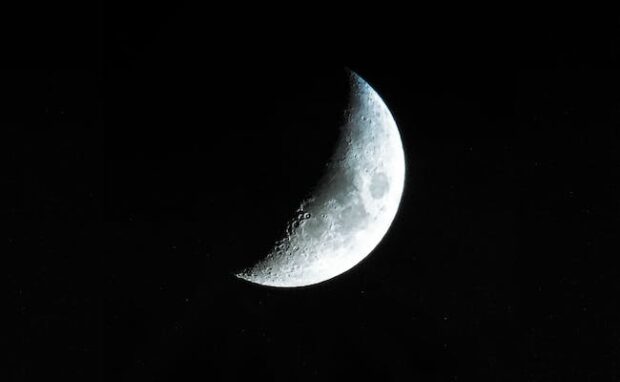NASA’s WISE spacecraft to land on small asteroid Dinkinesh
The National Aeronautics and Space Administration adjusted the course of its WISE spacecraft to land on the small asteroid Dinkinesh. It was headed towards the Trojan asteroids to help scientists learn more about how the solar system and the planets formed. However, they realized it could land on Dinkinesh to gather data regarding near-Earth objects.
NASA ensures its missions have a specific goal as it launches crews and equipment to the great expanse. However, it changed the course of the WISE spacecraft’s Lucy mission to examine the Dinkenesh asteroid. What could be so special about this celestial object to change one of NASA’s missions?
This article will discuss the WISE spacecraft’s voyage toward the small asteroid Dinkinesh and the Trojan asteroids. Later, I will share other recent NASA missions.
Why send a mission to Dinkenesh and other asteroids?

The Trojan asteroids share Jupiter’s orbit and are the remnants of the primordial material that created the planets over 4.5 billion years ago. Studying them could help us understand our planet’s and life’s origins.
On December 14, 2009, NASA’s Jet Propulsion Laboratory launched the Wide-field Infrared Survey Explorer (WISE) to produce an all-sky infrared map of the universe.
“Dinkinesh wasn’t initially detected by WISE because the asteroid’s infrared signal was too weak for the software that was designed to find objects in a single exposure,” said Kiana De’Marius McFadden, the study’s lead author.
“But the asteroid’s dim infrared signal was still there, so our main challenge was to first find Dinkinesh and then to stack multiple exposures of the same region of the sky to get its signal to emerge from the noise.”
This small asteroid was first discovered in 1999, several years before WISE observed asteroids. However, it helped gather more details about the heavenly body.
WISE observations suggest it has a diameter of roughly 760 meters or a half mile. Moreover, its albedo, the measure of its surface reflectivity, is similar to stony (S-type) asteroids.
You may also like: India shares Moon landing video proof
Eventually, NASA added this small asteroid to the Lucy mission’s objectives. “Dinkinesh is the smallest main belt asteroid to be studied up-close and could provide valuable information about this type of object,” said Amy Mainzer, one of the study’s co-authors.
“This population of main-belt asteroids overlaps in size with the potentially hazardous near-Earth object population. Studying Dinkinesh could provide insights as to how these small main-belt asteroids form and where near-Earth asteroids come from,” she added.
In other words, analyzing Dinkinesh could help observe Jupiter’s Trojan asteroids. Interesting Engineering explained it has two groups: the leading Trojans that move ahead of Jupiter and the trailing Trojans that follow behind the planet.
What are NASA’s other missions?

NASA’s other missions are arguably more ambitious than the Dinkinesh mission. Believe it or not, the space agency aims to have humans stay on the Moon and Mars.
In June 2023, the National Aeronautics and Space Administration launched its Crew Health and Performance Exploration Analog. CHAPEA involves three one-year Mars surface simulations at NASA’s Johnson Space Center.
The “astronaut experience will change,” said the space organization. “In preparation for the real-life challenges of future missions to Mars, NASA will study how highly motivated individuals respond under the rigor of a long-duration, ground-based simulation.”
You may also like: China’s roadmap for space mining
It is also working with the Defense Advanced Research Projects Agency (DARPA) to build infrastructure on the Moon. The latter’s Strategic Technology Office program manager, Micheal Nayak, said:
“For 65 years, DARPA has pioneered and de-risked technologies vital to civil space advancement. LunA-10 continues this rich legacy by identifying and accelerating key technologies that may be used by government and the commercial space industry, and ultimately to catalyze economic vibrancy on the Moon.”
It is studying how to move stuff and people on the Moon. Also, it is developing ways to apply “wireless power beaming into other tech” to make an out-of-this-world economy possible.
Conclusion
NASA launched its WISE spacecraft to study the Trojan asteroids near Jupiter. However, recent discoveries prompted it to redirect the Lucy mission to the small asteroid Dinkinesh.
Studying these remote heavenly bodies could help scientists learn more about near-Earth asteroids and other objects. More importantly, the space agency claims it could share more details about life’s origins.
Learn more about the Lucy Mission by reading its NASA webpage. Also, check out more scientific updates and digital trends at Inquirer Tech.